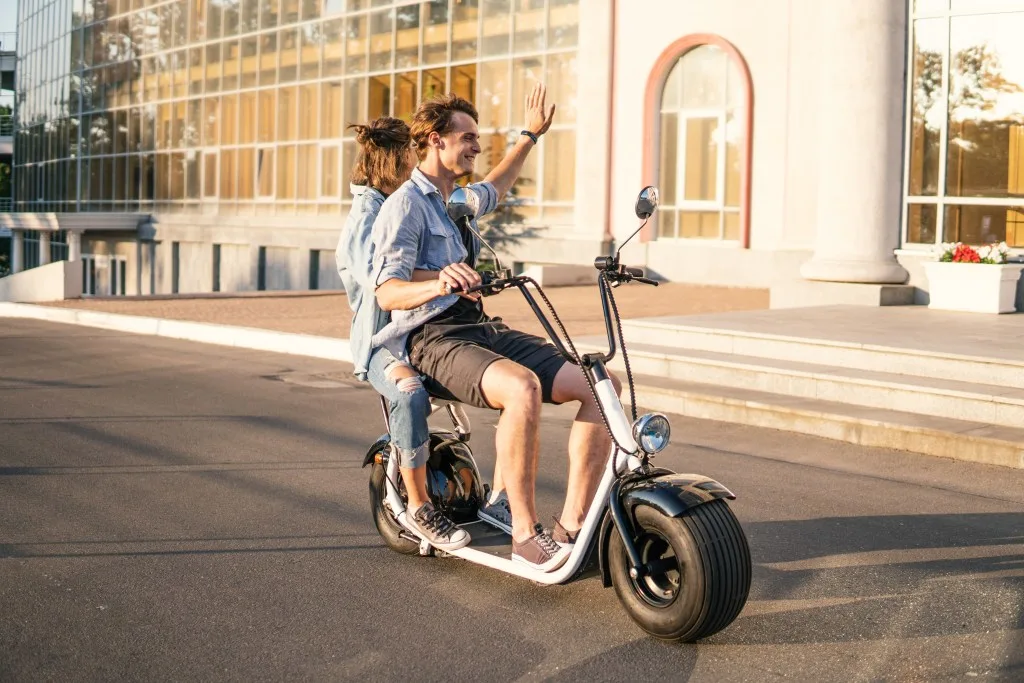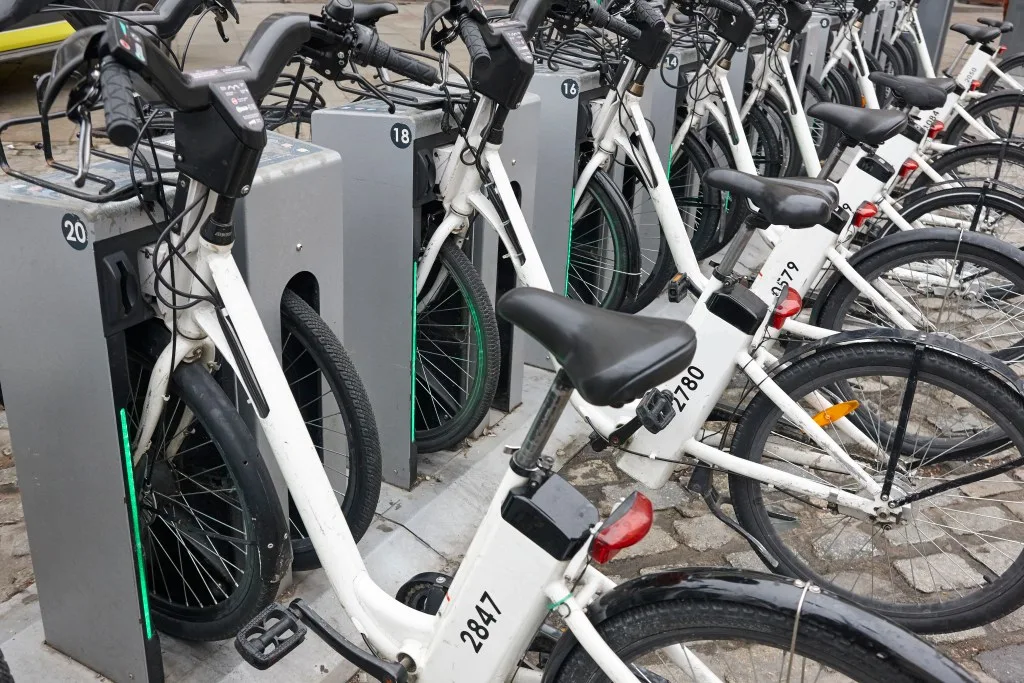Bicycling has taken on a new look and a new velocity with the popularity of e-bikes. These motorized two-wheelers can be seen on streets and bike trails around the country.
Even our national parks are seeing an uptick in the number of electricity-enhanced cycles on public land, making it inevitable that a crackdown on their use would soon come.
And sure enough, a new court ruling has now halted e-bikes on some federal land to take a look at their speed, safety, and impact.
Today, we’re taking a deeper look at e-bikes and the current rules for national lands.
Let’s dive in!
What Are e-Bikes?
An electric bike, or e-bike, is a regular bicycle augmented with some electric components to assist with hill climbing and riding into a headwind. Unlike motorcycles, an e-bike has a small motor, controller, and battery to assist with human power, not take its place. And with electric assistance, a bicycle rider can go further with less effort.
What e-Bike Rules Are Changing?
Laws that pertain to riding e-bikes on federal lands, like in national parks and national forests, are changing. According to a previous ruling, the national parks allowed e-bikes wherever bicycles could travel in national parks. But national forests have treated e-bikes as motorized vehicles from their very inception, allowing them access to trails only that motorcycles could travel.
Now the park service has been halted in its tracks and required to do environmental studies to see how e-bikes might affect wildlife and trail erosion before they can be allowed on any trails.
The National Forest Service, which was already recognizing e-bikes as motorized vehicles, sees this change as an opportunity to design an entirely different trail system specifically for e-bikes as their own category of vehicle. So, in this sense, the new directive may benefit e-bikes.
The National Park Service has put their trail system on hold until they do the studies, and this puts 18,000 miles of trails in properties within the Bureau of Land Management and 16,000 miles of trails in national parks out of commission for e-bike riders.
A lawsuit filed by a collection of conservation groups brought the issues to a head, and a judge ruled on May 24 that the National Park Service must comply with the studies before allowing e-bikes on conventional bicycle trails. It remains to be seen how the park service will adjust its trail system.

Can You Ride e-Bikes in National Parks?
Until this ruling, the national parks permitted e-bikes on regular bike trails, making accessibility easier for persons with medical or stamina problems. But with the new mandate, the government requires the park service to do environmental impact studies, document their findings, and allow time for the public to comment before they can open trails up to e-bikers.
That could take quite a bit of time, as there are tens of thousands of trails within their purview, and we all know how long the federal government takes to move into action! For now, it sounds like those who ride e-bikes should head to a nearby national forest to resume that activity until our national parks make some decisions.
Pro Tip: Hang your e-bike on your RV with ease with one of these RV Bike Racks: Decent, Better, and Best.
Are e-Bikes Allowed on Forest Service Lands?
Yes, national forests have been allowing e-bikes on trails that are open to motorcycles, classifying them as motorized vehicles. Based on the new directive, the e-bike population may see a whole new set of trails designated for just e-bikes in the future. But for now, those who ride an e-bike will have to hang with the big boys on the hogs.

How to Stay Safe on an e-Bike
They may say, “It’s just like riding a bike!” But riding safely on an e-bike involves a few skills not utilized on a conventional bike. It also requires the same safety equipment. Here are some suggestions to help you navigate the streets on an e-bike:
Wear a Helmet
Always wear a regulation bike helmet. And remember, if the helmet is damaged, it no longer provides safety. Replace it with a new one to protect your noggin because you’re worth it!
Be Visible
Many times bicyclists are overlooked by cars. Wear reflective jackets, and use head and brake lights. Sometimes, a flag may be necessary to remind automobiles and trucks that you’re sharing the road with them.
Use Lights
Please use lights on your e-bike. Anything you can do to call attention to your bike on the road will help vehicles make room for you and keep you safe.

Ride with Traffic
Bicycling rules are much like the rules of the road for any car. Ride with the traffic, not against it. Follow all signage – YES, stop at stop signs! If there are no bicycle lanes, you’re to be treated just as an automobile, so follow the rules for driving a car.
Use Bike Lanes
If bike lanes are present, use them appropriately. Ride in the lane that flows with the traffic. Stay in your lane at all times, and do not weave in and out of traffic. That’s a sure way to be the victim of an accident.
Be Alert
Remember, car drivers aren’t anticipating bicycles on the road. Rather, they are looking for other cars they have to contend with. So always err on the side of caution and assume that drivers don’t see you. Ride defensively.
Pro Tip: Want to trade in your e-bike for an ATV? This is How to Make an ATV Street Legal.
Stay Safe and Legal While Riding Your e-Bike
If you’re an e-bike enthusiast, this new ruling may be frustrating. But in the long run, having more safety rules in place and looking at the impact of faster, heavier bicycles on our public lands and their wildlife inhabitants before they are harmed makes good sense.
Eventually, the national park service will find a satisfactory solution so that e-bikers can enjoy the lands set aside for Americans of all generations. And in the meantime, bike safely wherever the laws allow!
Discover the Best Free Camping Across the USA
To be honest with you, we hate paying for camping. There are so many free campsites in America (with complete privacy).
You should give it a try!
As a matter of fact, these free campsites are yours. Every time you pay federal taxes, you’re contributing to these lands.
Become a FREE CAMPING INSIDER and join the 100,000 campers who love to score the best site!
We’ll send you the 50 Best Free Campsites in the USA (one per state). Access the list by submitting your email below: